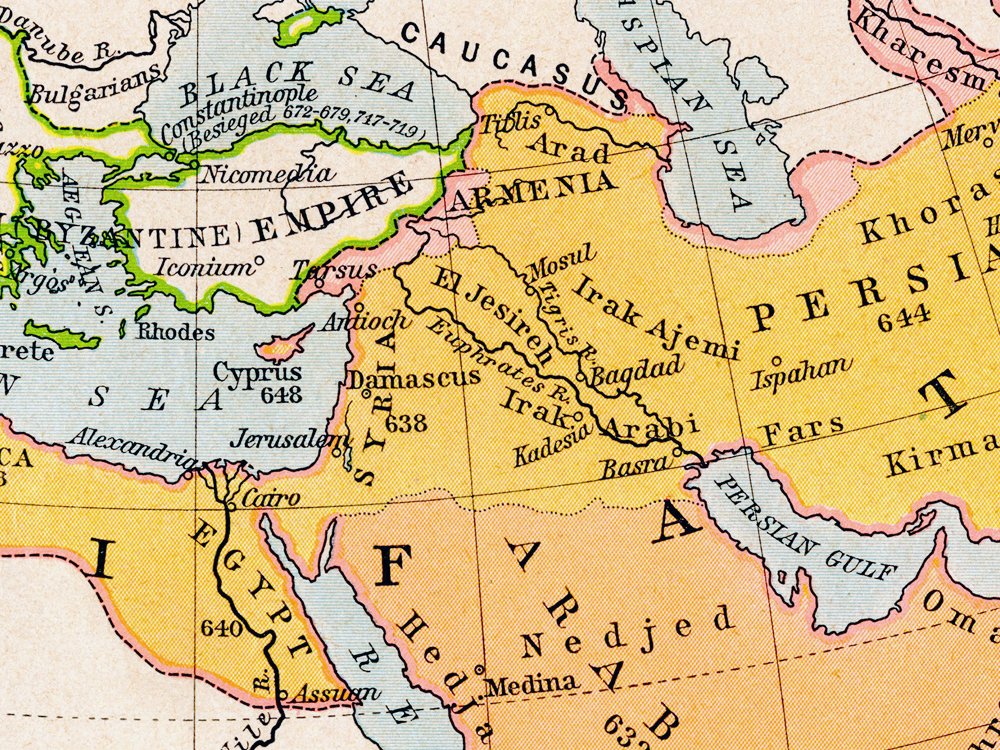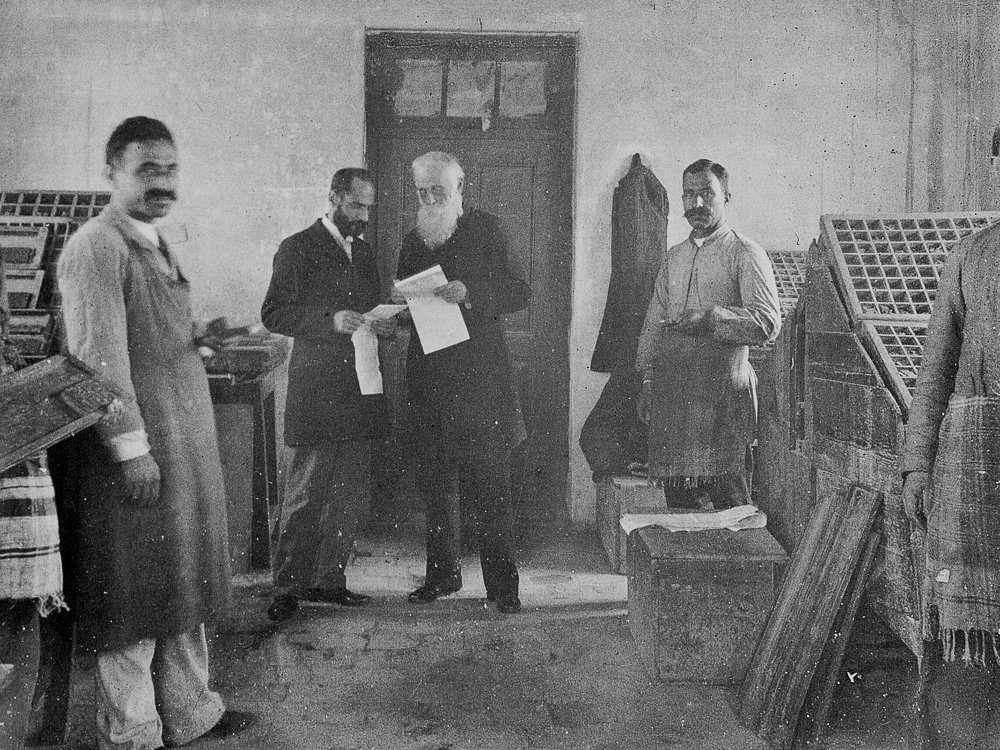
Photo Story: Here's How the Mongols Reshaped Assyria
In 1258, the city of Baghdād fell to the Mongol ruler Hūlāgū Khān and his army. The Mongols, an ethnic group from Central Asia, looted and destroyed the city’s mosques, palaces, and centres of learning.

What are the Persepolis Tablets— and Why are They Important for the Study of Assyrians Post-Empire?
The ancient city of Persepolis, located in the province of Fārs, south-western Iran is among the most iconic sites of the ancient world and was the ceremonial capital of the Persian Empire, then ruled under the Achaemenid dynasty.

The Ottoman Millet System and the Rise of Assyrian Nationalism
Under the Ottomans (c. 1515–1922), most Assyrians lived as subjects and their millennia-old cultural identity was heavily fragmented as a result of the empire’s millet system— from Arabic meaning “nation”.

Who Were the Biblical Magi in the Syriac Christian Tradition? Here's What We Know
The magi— also commonly known as the “wise men” or the “three kings” —play a central part in the Christmas story. However, despite their significance, the Bible tells us very little about their identities.

Lake Urmi has Turned Red, and Here’s Why
Like the famous Aral Sea between Kazakhstan and Uzbekistan— Lake Ūrmī in north-west Iran is rapidly drying up. Once considered a tourist hotspot, the lake looks more like a scene from the biblical Book of Exodus.
